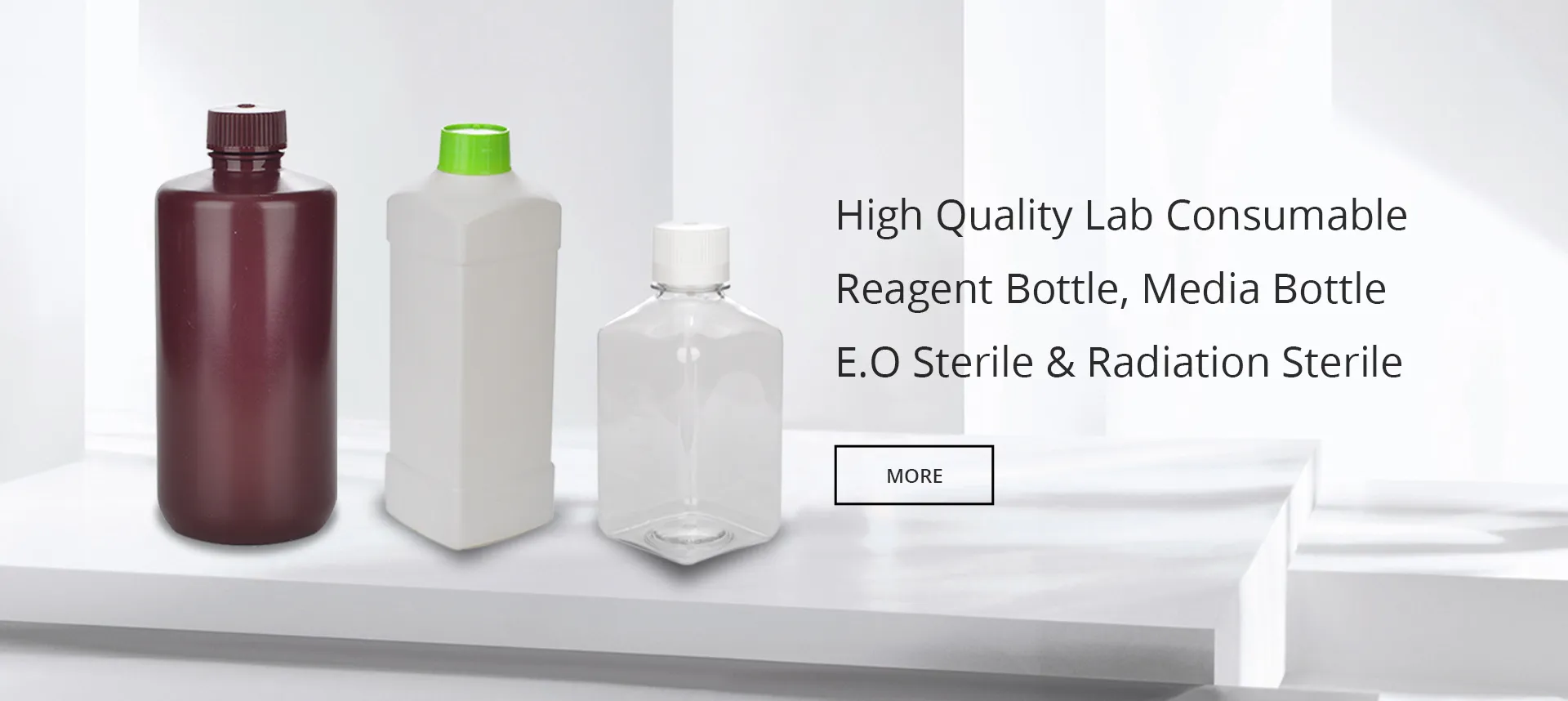https://www.wahmg.com/)">
cuvette in laboratory
cuvette in laboratory
The Importance of Cuvettes in Laboratory Applications
Cuvettes are essential tools in laboratory settings, serving as containers designed for holding liquid samples during various analytical measurements. Their primary function is to facilitate the passage of light through the sample, making them indispensable in spectrophotometry, a technique commonly used to measure how much a chemical substance absorbs light. Given their crucial role in numerous scientific applications, understanding the construction, types, and proper usage of cuvettes is vital for obtaining accurate and reliable results.
The Importance of Cuvettes in Laboratory Applications
The basic design of a cuvette typically features four transparent sides, although variations exist. The uniform path length between the sample and the light source is crucial for accurate absorbance calculations. Most standard cuvettes have a path length of either 1.0 cm or 0.5 cm, with shorter path lengths being advantageous for highly concentrated solutions. When selecting a cuvette, researchers must consider not only the material and path length but also the specific wavelength range they intend to analyze.
cuvette in laboratory

In the laboratory, the use of cuvettes goes beyond just holding samples. Proper handling and maintenance are essential for ensuring consistent and reliable results. Cuvettes should be thoroughly cleaned and dried before use to avoid contamination from residues of previous solutions. Fingerprints or smudges on the cuvette surfaces can scatter light and lead to inaccurate measurements. It is advisable to handle cuvettes by the edges to minimize contact with the optical surfaces.
When performing spectrophotometric measurements, it is critical to calibrate the instrument beforehand and use appropriate blank samples. The blank sample, usually comprising the solvent without the analyte, sets a baseline for the readings. Researchers must ensure that the cuvette is correctly oriented in the light path, as the light must travel through the designated optical windows. Any deviation can result in erroneous data, affecting the reliability of the entire experiment.
Cuvettes also find applications beyond traditional chemical analysis. They are used in various fields, including biology, environmental science, and pharmaceuticals. For instance, in biochemical assays, researchers use cuvettes to study enzyme activity, protein concentration, and reaction kinetics. In environmental monitoring, cuvettes can help assess water quality by measuring the concentration of pollutants.
In conclusion, cuvettes play a pivotal role in laboratory investigations, enabling precise light transmission for various analytical techniques. As fundamental components in spectrophotometry, their selection, handling, and maintenance directly impact the quality of experimental data. Understanding the intricacies of cuvettes allows scientists to leverage their capabilities effectively, fostering advancements across a multitude of scientific disciplines.
-
Wholesale Plastic Juice Bottles with Caps 16 oz Options Available Bulk Packaging SolutionsNewsJun.10,2025
-
Laboratory Apparatus Reagent Bottle – Durable & Chemical Resistant Bottles for Safe StorageNewsJun.10,2025
-
Squeezable Dropper Bottles Durable, Leak-Proof & CustomizableNewsMay.30,2025
-
Affordable Plastic Petri Plates Sterile & Disposable Lab-GradeNewsMay.30,2025
-
Eye Dropper Caps Precision 24/410 & Plastic Bottle-Compatible TipsNewsMay.30,2025
-
Affordable Mini Spray Bottle Price & Wholesale Deals Shop NowNewsMay.29,2025





















